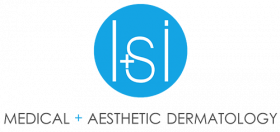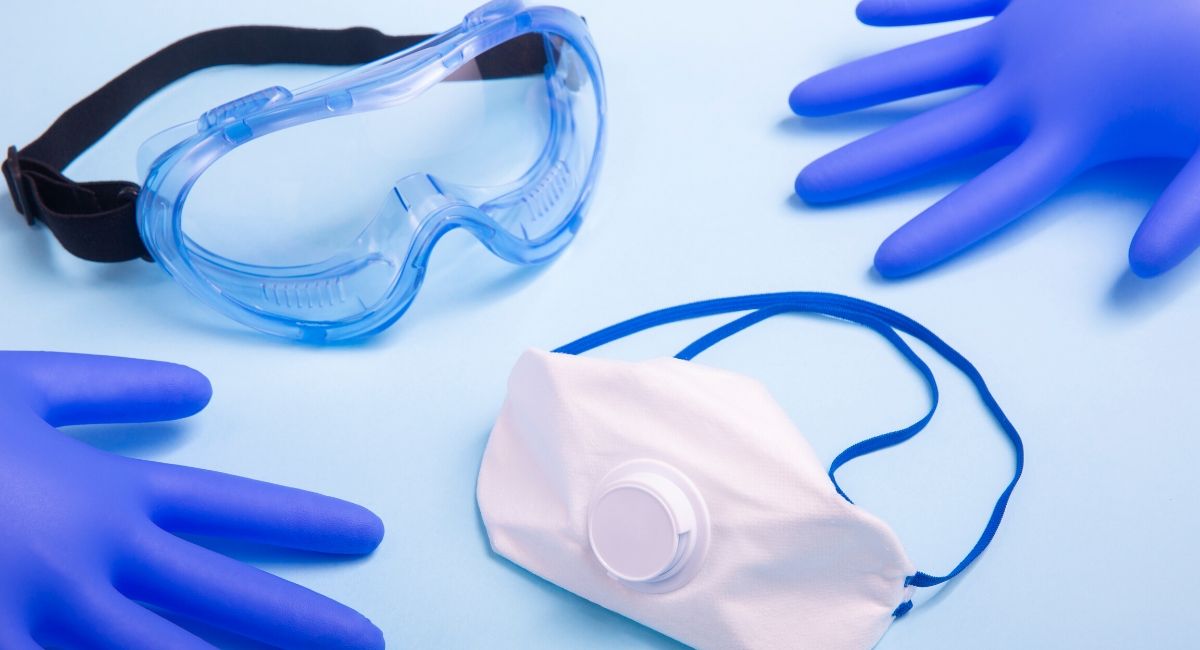How to avoid skin problems associated with personal protective equipment PPE
Personal protective equipment or PPE is very important to help protect people from coronavirus. After the past few months of nurses and other healthcare workers wearing PPE, we have learned a lot. There are skin problems that can occur.
Every type of PPE (masks, goggles, and gloves) can affect the skin.
Gloves – Frequent hand washing and use of hand sanitizer helps prevent the spread of the virus. But as a result, your hands can become very dry and irritated. Wearing gloves on this irritated skin can make everything worse. Gloves trap moisture and create heat. This can cause or worsen hand irritation and breakdown of the skin.
Tip – Dry hands thoroughly after washing. Immediately apply a thick hand cream. Creams are more hydrating than lotions. Some good ones are Cerave Therapeutic Hand Cream, Aveeno Hand Mask, and Glove in a Bottle.
You may need prescription treatment if the dryness and irritation do not improve with moisturizer.
N95/N99 Masks – These masks are designed to fit snuggly on the face. The pressure created by the mask and the moisture buildup inside the mask can lead to pressure lines, bruises and skin irritation. Sometimes the mask can actually cut into the skin. The amount of damage depends on how long these masks are worn for. Masks were not made to be worn for more than 4 hours at a time.
Tip – Remove mask for 15 minutes every 2 hours while away from patients. Wash hands thoroughly prior to removing mask and prior to putting mask back on. Do not ever touch the inside of the mask. Apply a non oil based moisturizer to the face at least 1 hour prior to putting on your mask. Five minutes before putting on your mask, apply a liquid skin protectant on areas where the mask touches the skin and let it dry thoroughly. Two good options are 3M Cavilon No Sting Barrier Film or Marathon Liquid Skin Protectant.
Goggles – Chronic pressure on the top of the nose can lead to redness, irritation and skin breaks.
Tip – Putting a soft, protective barrier where the goggles touch the skin, such as moleskin, can reduce pressure. Also, using one of the above mentioned skin protectants prior to putting on your goggles.


